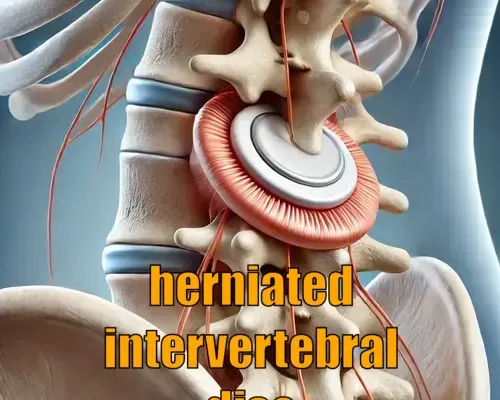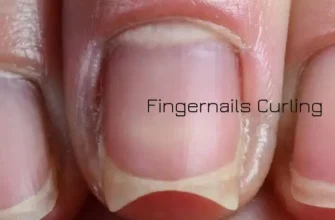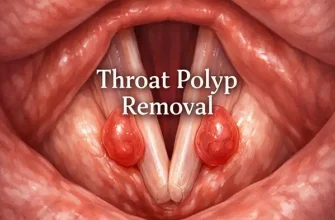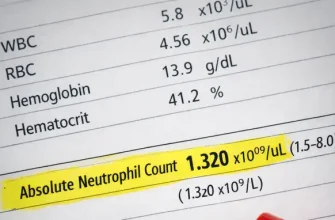Meet Carlos, a 42-year-old software engineer, who has been battling lower back pain for several years due to a herniated disc. He’s tried everything from physical therapy to over-the-counter pain relievers. His doctor recently informed him about new non-surgical treatment options that could help alleviate his symptoms without the need for invasive surgery. Carlos is intrigued and ready to explore the latest advances in non-surgical treatments for intervertebral disc herniation.
Symptom Breakdown:
Intervertebral disc herniation can manifest in various ways, often disrupting a person’s ability to move and perform daily tasks. Common symptoms include:
- Lower back pain: The most prevalent symptom, often worsened by movement or prolonged sitting.
- Sciatica: Pain radiating down one or both legs due to pressure on spinal nerves.
- Numbness or tingling: In the legs or feet, depending on the location of the herniation.
- Muscle weakness: Particularly in the legs, as a result of nerve compression.
Diagnostic Path: Understanding Herniated Discs and Non-Surgical Solutions
When a disc herniates, the soft, gel-like center of the disc pushes through a tear in the outer layer. This can compress nearby nerves, causing pain and other symptoms. While surgery is an option for severe cases, many people are turning to non-surgical treatments for herniated discs, as they present less risk and shorter recovery times. Recent advances in this field offer promising results for patients like Carlos.
Deep Dive: Exploring Non-Surgical Treatments for Herniated Discs
- Spinal Decompression Therapy
Spinal decompression is a non-invasive procedure that uses a motorized traction table to gently stretch the spine, reducing pressure on the herniated disc. This treatment has become increasingly popular for back pain relief without surgery and is particularly beneficial for patients with moderate disc herniation. - Epidural Steroid Injections
Steroid injections for back pain have long been a staple in pain management. These injections deliver anti-inflammatory medication directly to the area around the spinal nerves, reducing swelling and relieving pain. Recent innovations in targeted delivery systems make these injections more effective with fewer side effects. - Platelet-Rich Plasma (PRP) Therapy
PRP therapy is a regenerative treatment gaining traction for herniated disc recovery. By injecting a concentration of the patient’s own platelets into the affected area, PRP promotes healing and can help reduce inflammation. This emerging therapy is showing promise in regenerative treatment for back pain. - Radiofrequency Ablation (RFA)
Radiofrequency ablation for disc herniation is a minimally invasive technique that uses radio waves to heat and destroy nerve tissue, reducing pain signals from the damaged disc. It’s particularly effective for patients with chronic pain and offers a long-lasting solution. - Regenerative Stem Cell Therapy
Stem cell therapy is another non-surgical back pain treatment that is still in its early stages but holds immense potential. Stem cells are injected into the affected disc area to stimulate healing and regeneration of the damaged tissue, offering a cutting-edge alternative to surgery.
Treatment Comparison: Choosing the Right Non-Surgical Option
Choosing the best treatment for intervertebral disc herniation depends on the severity of the herniation and the patient’s unique circumstances. For Carlos, spinal decompression therapy and PRP injections seemed like promising options after consulting with his doctor.
- Spinal Decompression Therapy: Effective for mild to moderate cases, non-invasive, and requires no downtime.
- PRP Therapy: Helps regenerate damaged tissue and reduces inflammation, but it may take several weeks to see results.
- Epidural Steroid Injections: Provide fast pain relief, but the effects are temporary, and repeated treatments may be needed.
- Radiofrequency Ablation: Long-lasting pain relief, but the procedure requires precision and might not be suitable for all patients.
- Stem Cell Therapy: A promising option for future treatment, though not yet widely available.
Outcome Story: Relief Without Surgery
After discussing these options with his doctor, Carlos decided to undergo PRP therapy and spinal decompression treatments. Over the course of several weeks, he noticed a significant reduction in his pain levels and an improvement in his mobility. He avoided surgery, and with regular follow-up care, Carlos was able to return to his active lifestyle, pain-free.
Non-Surgical Treatments Offer Hope
With ongoing research and advances in non-surgical options, patients with herniated discs can now choose from a variety of innovative treatments that offer relief without the need for invasive surgery. Whether it’s spinal decompression therapy, PRP injections, or radiofrequency ablation, there is hope for those seeking to manage their pain and improve their quality of life.









